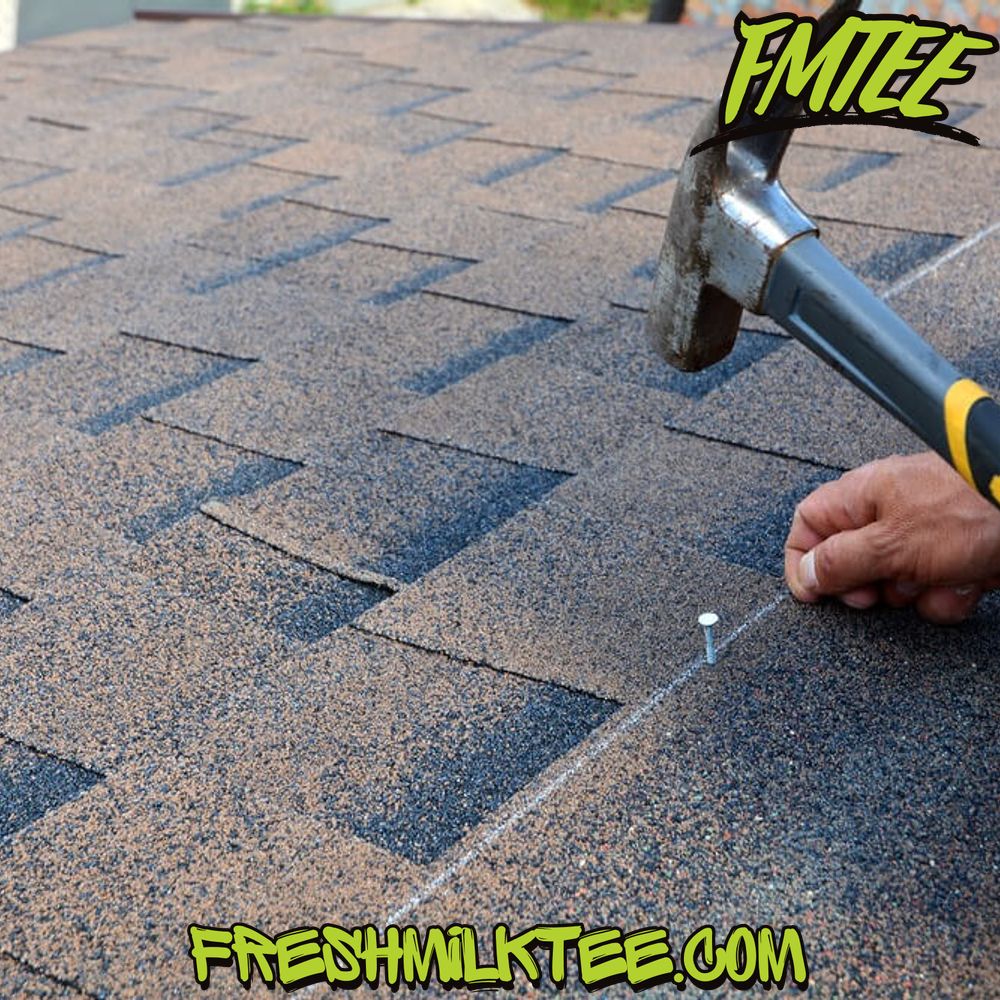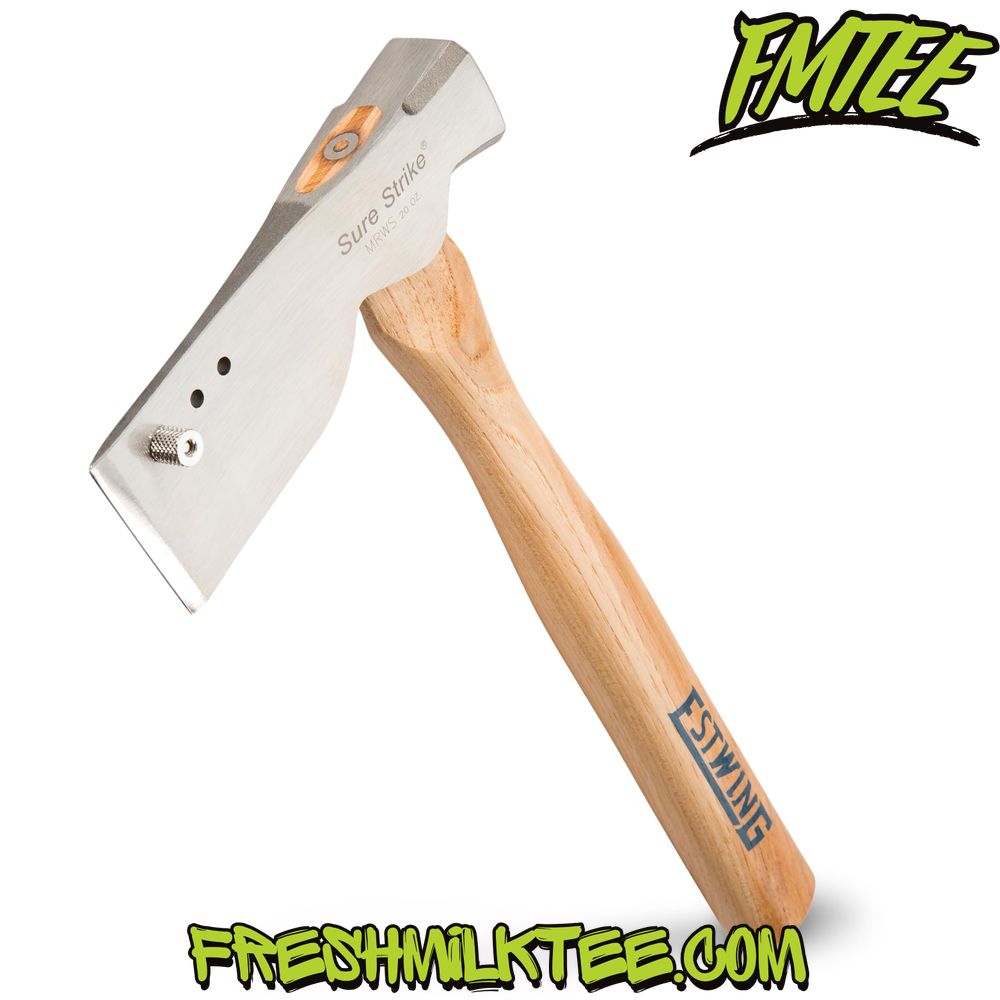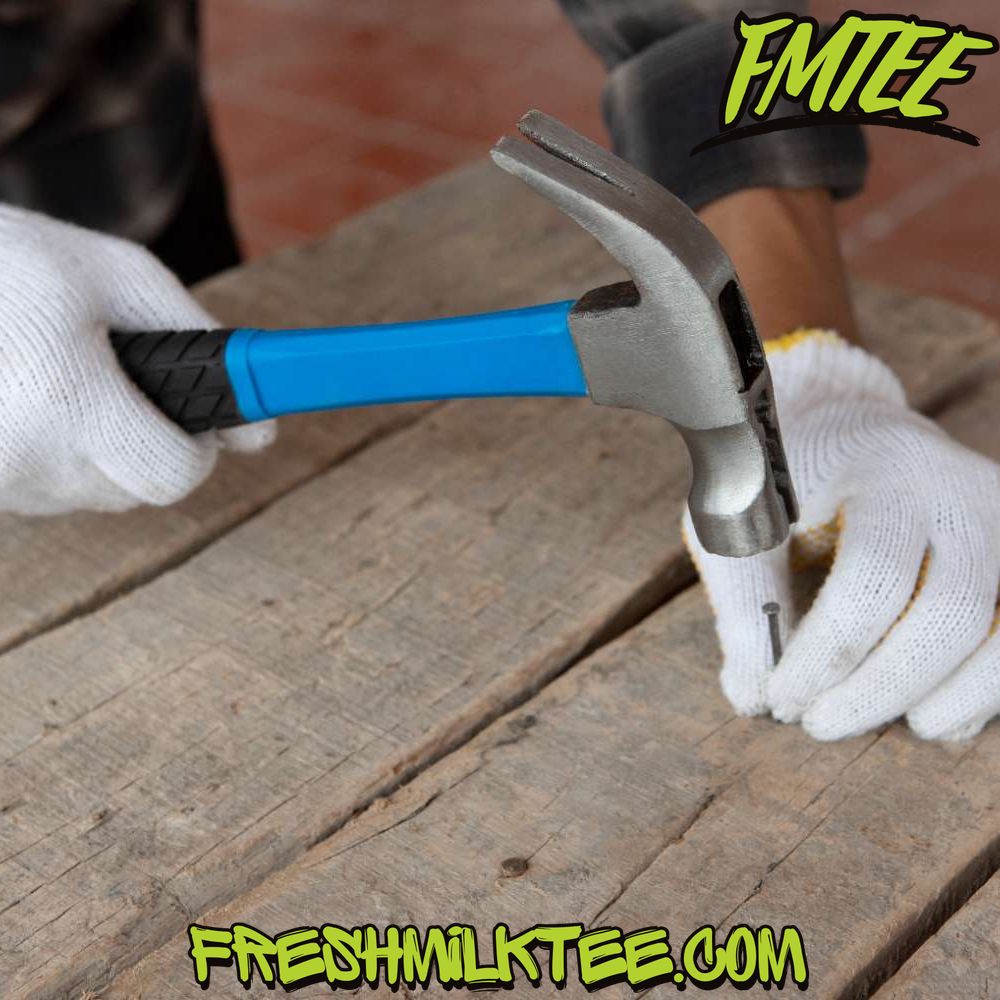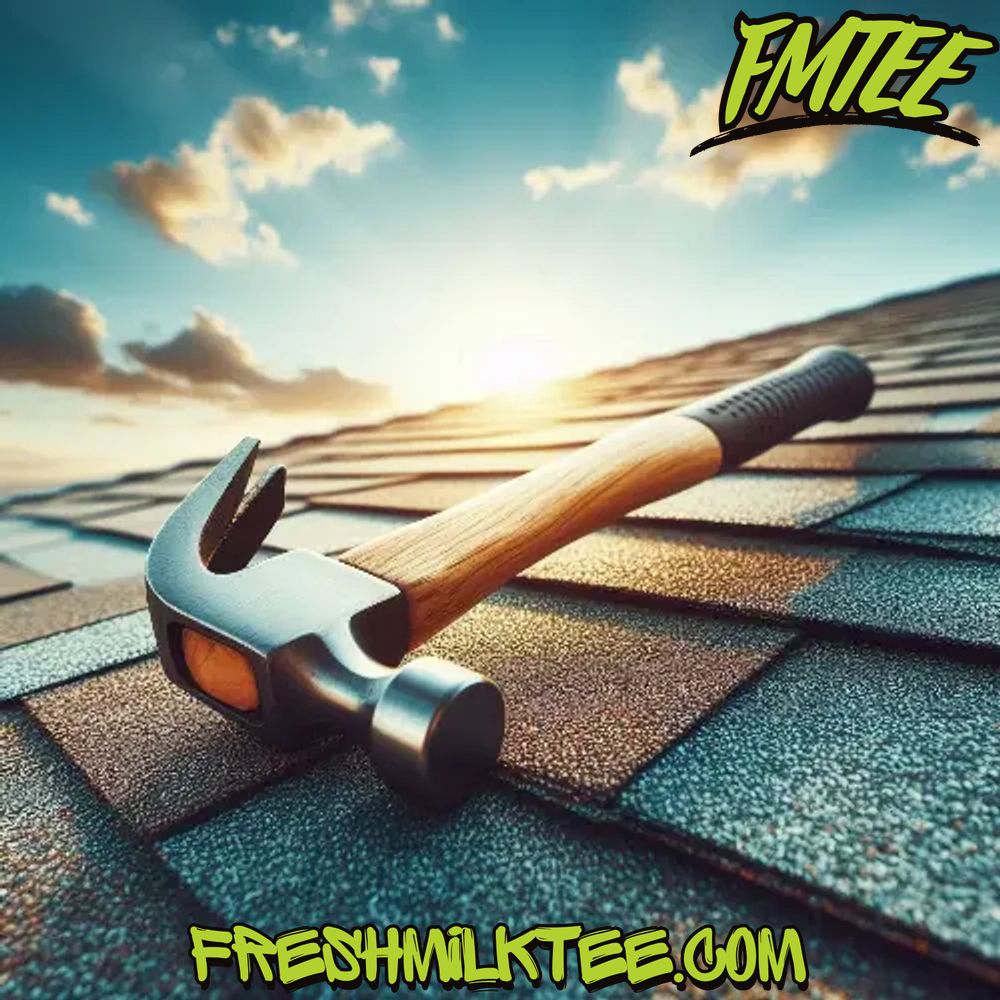Blog
Why is a Shingling Hammer Ideal for Roofing Work?
Why is a Shingling Hammer Ideal for Roofing Work?
When it comes to roofing work, selecting the right tools is crucial for both efficiency and accuracy. One tool that stands out among the many options is the shingling hammer. This specialized hammer has been designed with the unique demands of roofing in mind. In this article, we will explore the reasons why the shingling hammer is considered the best option for roofing tasks, compare it with other types of hammers, and dive into its many features and advantages.
What is a Shingling Hammer?
Shingling Hammer Design
A shingling hammer is a unique tool that differs significantly from a regular hammer or claw hammer. It is designed specifically for use in roofing work, where precision, durability, and efficiency are key. These hammers come with a range of specialized features that make them ideal for installing shingles and performing other tasks on the roof.
The design of a shingling hammer typically includes a magnetic head for holding nails and a specialized face for driving nails with precision. The handle is often made from durable materials, such as steel or fiberglass, to withstand the stresses of roofing. Additionally, it is usually lightweight, making it easier to work with over long periods without causing strain.
Key Features of a Roofing Hammer
Shingling Hammer with Magnet
One of the standout features of a shingling hammer is the magnetic head, which makes it easy for roofers to grab nails and drive them into shingles. This feature significantly improves efficiency, as it eliminates the need for the roofer to constantly fumble for nails. The magnetic feature makes the job smoother and faster, reducing the time spent on each roofing task.
Roofing Hammer Handle Material
The handle of a roofing hammer is made from high-quality materials that are specifically chosen to endure the heavy impacts that come with roofing work. Steel or fiberglass are popular choices due to their durability and resistance to shock. These materials also provide a comfortable grip, reducing the risk of hand fatigue during long hours of work on a roof.
Lightweight Roofing Hammer
The lightweight roofing hammer allows roofers to work for extended periods without straining their hands or wrists. A light hammer reduces the chances of injury and makes repetitive tasks easier, especially when handling shingles and nails.

Why is a Shingling Hammer Ideal for Roofing Work?
Shingling Hammer Efficiency
A shingling hammer is ideal for roofing work because it is designed to meet the specific needs of roofers. It allows for fast nail driving, which is essential for installing shingles efficiently. The tool’s features, such as the magnetic head and ergonomic handle, make the process smoother, thus increasing overall productivity on the job.
Perfect for Roofing Jobs
A shingling hammer is the perfect tool for any roofer. Its versatility makes it ideal for tasks such as shingle installation, roofing maintenance, and even roof repairs. Because it is specifically made to handle the pressures of roofing work, it offers superior control and stability compared to other hammers.
Accuracy in Roofing Tasks
Roofing requires precise work, especially when positioning and securing shingles. The shingling hammer is equipped with gauges that help roofers find the correct exposure for each layer of shingles. This feature ensures that shingles are installed accurately, providing a more secure and professional finish.
The Advantages of Using a Roofing Hammer
Roofing Hammer vs Regular Hammer
A regular hammer may not be designed to handle the heavy-duty tasks involved in roofing work. Unlike a roofing hammer, it lacks the specialized features, such as the magnetic head or the precise shingle-driving face. Additionally, regular hammers tend to be heavier, which can lead to fatigue during long jobs on the roof.
Roofing Hammer vs Claw Hammer
When it comes to roofing, a claw hammer may not be as effective as a roofing hammer. The roofing hammer is specifically designed for driving nails into shingles, while the claw hammer is better suited for pulling nails. The shingling hammer also has a flatter face that makes it easier to drive nails without damaging the shingles.
Durability and Long-Lasting Roofing Tools
One of the primary reasons roofers choose a shingling hammer is its durability. Made from high-quality materials, this tool is designed to last for many years, even with regular use in tough conditions. The shingling hammer can withstand the wear and tear of roofing work, offering excellent value for money over time.

Types of Roofing Hammers
Shingling Hammers and Hatchets
There are various types of roofing hammers, with shingling hammers and hatchets being the most popular. Both tools are designed for installing shingles, but shingling hammers are often preferred due to their added features, such as the magnetic head and nail driving precision. Hatchets, on the other hand, are typically used for cutting shingles and other materials.
Other Roofing Hammers
Apart from shingling hammers and hatchets, there are other roofing hammers designed for specific tasks, such as slate roofing hammers or nail-driving hammers. Each type of roofing hammer is tailored to handle a specific aspect of the roofing job, whether it’s installing asphalt shingles or working with slate tiles.
Best Roofing Hammers for Shingling
How to Choose the Best Hammer for Roofing
When selecting a roofing hammer, there are several factors to consider. First, the hammer should be lightweight and ergonomically designed to minimize strain during use. Second, it should be durable, with a shock-resistant handle and a magnetic head. Finally, the hammer should be specifically designed to handle shingles and provide the necessary accuracy for roofing work.
Roofing Hammer for Asphalt Shingles
For asphalt shingles, a shingling hammer with a magnetic head and a smooth, flat face is ideal. These features ensure that nails are driven into the shingles efficiently and accurately, without damaging the material.
Roofing Hammer for Precision Work
A roofing hammer with a precise design, such as a shingling hammer, is perfect for tasks requiring accuracy. The tool’s ability to help roofers maintain consistent exposure and ensure shingle alignment makes it a top choice for precision work.

Roofing Tools for Professionals
Essential Roofing Tools
In addition to a shingling hammer, there are other essential roofing tools that every professional roofer should have. These include nail guns, ladders, scaffolding, and roofing nails. A roofing tool kit with all the necessary equipment is crucial for ensuring a successful and safe roofing job.
Professional Roofing Tools
For professionals, investing in high-quality roofing tools is vital. A roofing hammer is just one part of a larger collection of tools needed for the job. Other tools like nail guns or roofing knives can further enhance a roofer’s efficiency and precision.
Conclusion
A shingling hammer is undoubtedly one of the most important tools for roofing work. Its unique features, such as the magnetic head, shock-resistant handle, and precision-driving face, make it ideal for roofing jobs involving shingles. Whether you’re a professional roofer or a DIY enthusiast, using the right hammer can make a significant difference in the quality and speed of your work.
For more information on roofing tools and to find high-quality shingling hammers, visit Dino Unicorn and Fresh Milk Tee.
Frequently Asked Questions (FAQs)
- Why is a shingling hammer better than a regular hammer for roofing? A shingling hammer is specifically designed for roofing work, with features such as a magnetic head and a precision-driving face, which make it easier to drive nails accurately without damaging shingles.
- What is the difference between a roofing hammer and a claw hammer? A roofing hammer is designed for shingle installation and driving nails, while a claw hammer is better for removing nails. The roofing hammer has a flat face and a magnetic feature to help with shingles.
- What are the advantages of using a shingling hammer? Shingling hammers offer enhanced efficiency, durability, and precision for roofing work. They make tasks like nail driving faster and more accurate, reducing the risk of mistakes and improving overall quality.
- How do I choose the best hammer for roofing? When choosing a roofing hammer, consider factors such as weight, handle material, magnetic head, and ergonomic design. A hammer that suits your comfort and the specific needs of your roofing job will enhance both performance and safety.
By following these guidelines and utilizing the right tools, such as a shingling hammer, you can make your roofing work more efficient and accurate. Choose your tools wisely, and you’ll ensure the best possible results for your roofing projects.

